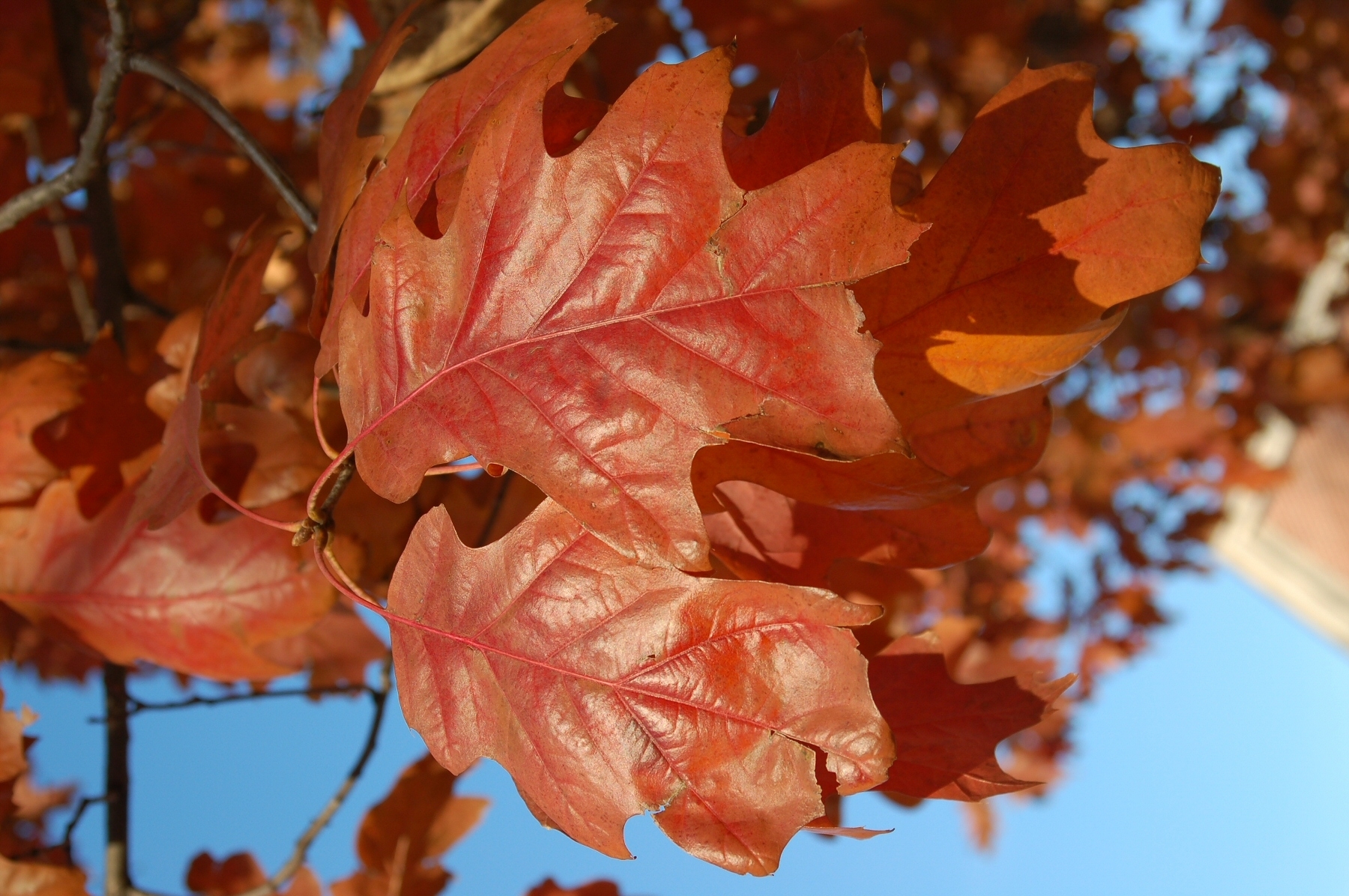Oak, Northern Red
Quercus rubra, Deciduous
Red oak is Nebraska’s second most abundant native oak occurring on the bluffs of the Missouri River from about South Sioux City to Falls City and extending a few dozen miles westward along some of its major tributaries.

Where To Grow
Red oak is planted regularly in Iowa and Nebraska and may be the easiest of the oaks to propagate. It is a hardy tree with strong branching and lovely spreading crown. Red Oak prefers moist, deep, rich, well-drained soils of slightly acidic pH. It adapts readily to dry soils of acidic, neutral, or slightly alkaline pH (some specimens develop chlorosis in high pH soils).
Size at Maturity
| Tree Height | Tree Spread |
| 45-65' | 40-55' |
Tree Characteristics
In reality, oak, and in particular red oak, is a relatively fast growing tree putting on as much as 18 to 24 inches of height growth per year after establishment. Growth rates slow down as the tree matures but oaks can provide long-lasting beauty very soon after planting. This species has proven to be the most adaptable of the red oak group for wider planting across the state. However, it is not nearly as drought tolerant as bur oak and often does poorly on high pH soils, especially in western Nebraska.
Wildlife Benefits
The seed of oak is an acorn. Squirrels love them and in the fall can be seen packing them away to some unknown burial spot for use later in winter. Much like bur oak, a mature red oak supports a wide web of life, especially many important birds and insects.
Additional Considerations
Another related tree that one could plant is the Shumard oak.
Interesting Facts
The northern red oak has a national reputation. Oak was selected by the National Arbor Day Foundation as the National Tree for the United States and a northern red oak was planted in Washington, D.C. to commemorate the vote in 2001.

